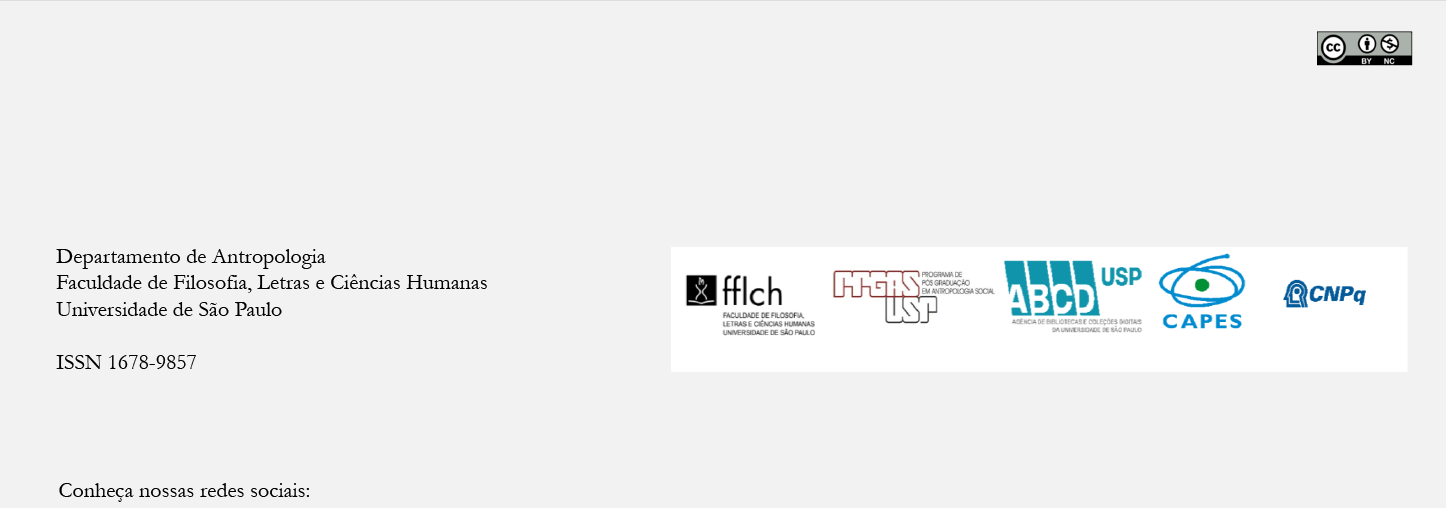Agnates, neighbours, and friends: Variants of vicinage in Africa, Europe and America
DOI:
https://doi.org/10.11606/1678-9857.ra.2014.89107Keywords:
Vicinage, person, friendship, kinship, Mozambique, Bahia, Minho, anthropological comparisonAbstract
This paper develops the notion of vicinage (vicinality) in order better to describe how cohabiting as a process that launches personal ontogenesis is temporally prolonged onto later moments of the relational cycle by modes of relating that depend on continued identities – that is, the continuation in later periods of family life of the implications of the earlier experiences of constitutive intersubjectivity. The text compares three distinct social contexts. In each of them, the preference for specific forms of describing relations tends to reduce the plurality and complexity of the relations between persons, presenting them as relations of a specific kind. In turn, this allows for domestic relations to be grafted onto wider processes of political negotiation. Thus, in the case of the Chope of southern Mozambique, vicinal relations are predominantly presented as patrilineal bonds; in northern Portugal (Minho), as relations between households of neighbours within territorially delimited communities; in coastal Bahia (Brazil), as relations among friends.
Downloads
Downloads
Published
Issue
Section
License
Copyright (c) 2014 Revista de Antropologia

This work is licensed under a Creative Commons Attribution 4.0 International License.
Authors who intend to publish in this journal must agree with the following terms:
- a) Authors retain copyright and grant the journal the right of first publication. The work is simultaneously licensed under the Creative Commons Attribution License, which allows the work to be shared as long as the author and the initial publication in this journal are appropriately credited.
- b) Authors are authorized to sign additional contracts for non-exclusive distribution of the version of the work published in this journal (e.g., to publish it as a book chapter), as long as the author and the initial publication in this journal are appropriately credited.
- c) Authors are allowed and encouraged to publish and distribute their work online (e.g. on their personal webpage) after the editorial process, for this can generate productive changes as well as increase the impact and citation of the work. See The Effect of Open Access Publications.



